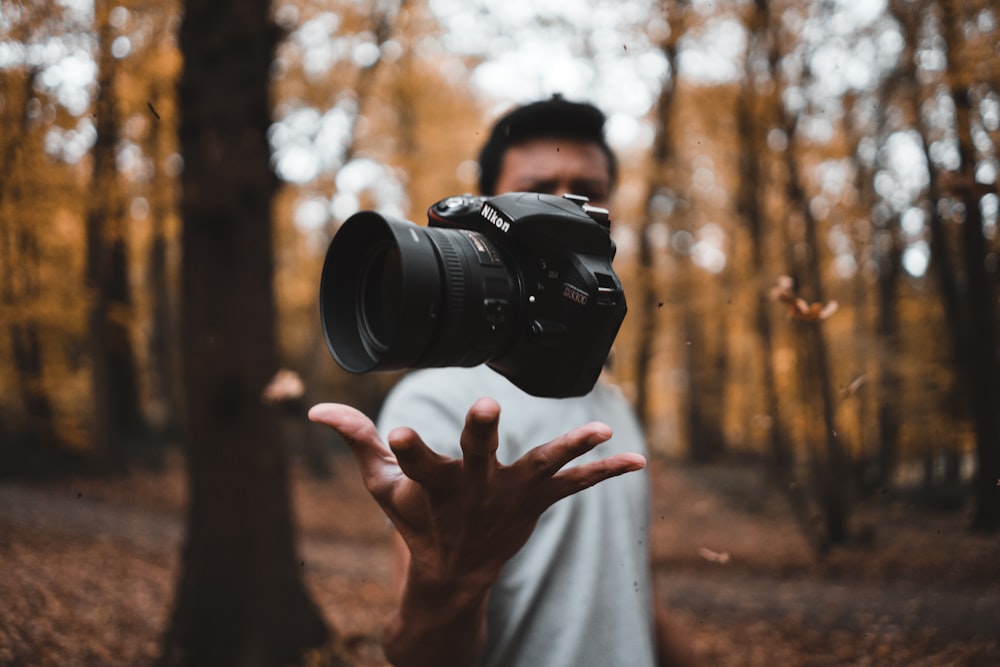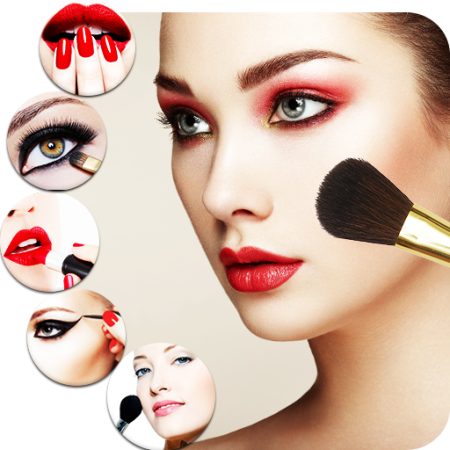Photographing events might be enjoyable, but it is not easy! Things go quickly, there’s generally a lot of energy in the room, and the best moments rarely repeat themselves.
If you’re just starting out in photography, you’ll almost certainly get compensated to photograph some sort of event. Weddings, business events, and concerts are all examples of different types of events. However, we’ve put up a list of basic photography guidelines that can help you take better pictures no matter what event you’re covering.
We’ll go through how to prepare for shooting an event, what gear and settings to bring, and how to take beautiful images on the day of the event in this article.
Prepare for the occasion
It’s critical to prepare as much as possible in the days and weeks preceding up to the event you’re shooting. First and foremost, meet with your client to ask questions and establish a common understanding of their expectations. Here are some recommendations for better client meetings if you’re meeting with new, potential clients.
What images do they hope to see? What are the most crucial moments to remember? What will these images be used for? What kind of photography do they enjoy or despise? These are just a few examples of questions that will assist you in determining the best way to capture the event.
You should also look at the event space and venue. Look up the precise event location on the internet. This will usually bring up photographs from previous shootings, as well as the location and natural lighting, giving you a sense of what you’ll be dealing with. If you’re a corporate event planner and you’re assigned to find a professional event photographer, you might want to keep this in mind too.
Gear up
Another important aspect of preparation is deciding what kind of equipment you’ll use. How do you choose from the many different types of camera lenses available? The greatest type of lens for shooting events is one that is both effective and efficient.
Prime lenses can produce a stunning depth of field and bokeh while being exceedingly sharp. Switching between prime lenses, on the other hand, takes time. The activity will not stop in order for you to change lenses and get the shot in event photography.
This is why a good zoom lens is usually a good compromise between efficiency and effectiveness. Zoom lenses allow you to easily change focal length without changing lenses, saving you time and ensuring that you obtain all of the shots you need. In one lens, zoom lenses may record wide views, close-up shots, and medium shots. In the video below, we explain what zoom lenses are and how they can help you.
Another thing to think about is whether or not you’ll use an artificial light source, such as a flash. This may be determined by the type of event you’re photographing as well as the amount of light available. Flash can help you properly expose otherwise dark photographs in dark situations or at night events.
However, flash can be distracting and disturbing, so consult with your client before using it. If you do use a flash, consider bouncing it instead than focusing it directly on your subjects or the event location.
Extra batteries and memory cards are two of the most crucial, but often underestimated, pieces of equipment you must have. Your camera will be on and shooting for hours when photographing events. Bring extra batteries so you can swiftly swap out dead ones for new ones.
When shooting events, SD cards will soon fill up. When shooting in RAW, this is especially true. For peace of mind, bring more memory cards than you think you’ll need.
Use the best camera settings for event photography
For event photography, I’ve found that switching to burst mode and continuous focus works well. When visitors are moving around quickly, the burst setting is a must-have. Depending on the camera brand, the continuous focus is referred to by different names (AI Servo for Canon users or AF-C for Nikon users).
It enables your camera to lock on to a moving subject and follow it around. Camera settings influence your style, as well as the style desired by the client.
Make a shot list
Although much of event photography is based on instinct when it comes to capturing real-time action, making a shot list can help you remember to take essential photos. The first dance of a wedding and groom, a CEO’s speech, or a grandfather blowing out his birthday candles are all important moments to record that your client will expect.
A shot list is a list of the shots you wish to get during a shoot. A shot list can assist you and your customer organize a birthday party or an industry mixer, whether it’s a birthday party or an industry mixer.
The shot list also serves as proof on paper. Your client can’t say you missed a shot because it wasn’t revealed to you. A shot list ensures that no crucial photographs from your photoshoot are overlooked. Nothing is more frustrating than failing to get a shot that your customer adamantly desired.
- If there is one, ask the event organizer for assistance. For business event images, they can, for example, point out the main participants. Or the important folks at a high school reunion.
- With all of this in mind, pay close attention to important moments. The issue about events is that they only occur once in a lifetime!
Keep an eye out for candid opportunities
For occasions, formal photographs are required (especially for birthday and wedding photography). But don’t overlook candid situations, which can result in equally stunning photographs. Genuine moments reveal a person’s personality and liveliness. Oftentimes, it’s the candid shots that your clients will remember the most.
However, not all candids are created equal. Avoid candid moments that are unattractive, such as someone chewing food or making a nasty face. Those photographs will not be appreciated, I can assure you.
Arrive early
The last thing you want to do while shooting an event on the day of the event is arriving at the same time as the guests. Arrive early enough before the event to provide time to set up your camera and scout the area.
Typically, events feature setup and design aspects that are simpler to photograph prior to the arrival of the attendees.
Arriving early to the event will also allow you to capture the first moments when attendees arrive. As visitors greet and welcome one another, this is one of your best opportunities to capture emotional connections.
Observe and record emotions and facial expressions
Long after the visitors have left, you should endeavour to capture their emotions. These are the moments that clients don’t expect to see, but which end up being their favourite images.
You may not always be able to predict when someone may have an emotional reaction. As a result, the best technique to catch these expressions is to set up your photo and wait for them to spontaneously develop. This will allow you to compose your photograph properly while capturing a realistic expression.
It’s also crucial to read the space. Recognize where things are going on and where they are quiet. Don’t be near the dining tables if there’s a dance contest on the dance floor.
Keep in mind that the reactions of guests will vary drastically depending on the event you’re filming. Weddings will feature a lot of emotional attendees who may be on the verge of crying. A guest speaker at a corporate event photography shoot can pique the interest of guests. Be mindful of the various emotions that will be present during the event you’ll be filming.
Take posed photographs
While candid shots are fantastic, they shouldn’t be your primary focus. Pose images will be desired by clients and visitors. Guests may approach you and request that you photograph them with others. Throughout the event, be ready to switch between taking candid moments and posed shots.
Posing individuals for photos can be as simple as directing their bodies to face the camera at an angle. This is usually the more attractive position. When your subjects are posing, give them something to do with their hands. Holding their wine glasses, embracing each other, or just placing their hands in their pockets are all examples of this. Finally, take a break from the severity by including some humorous or funny images. This will let your guests relax before the next shot.
Don’t bother the guests
You’ve arrived to photograph an event and acquire the photographs that your customer desires. However, bear in mind that the guests are there to have fun, not to follow your whims. Keep disruptions to a minimum and work around the guests who are simply there to have a good time.
The following are the main guidelines for event photography:
- If you don’t have any other option, don’t restrict views.
- Don’t interrupt guests to take a picture;
- Always be courteous.
- Guests who request not to be photographed should not be photographed. Observe their preferences.







